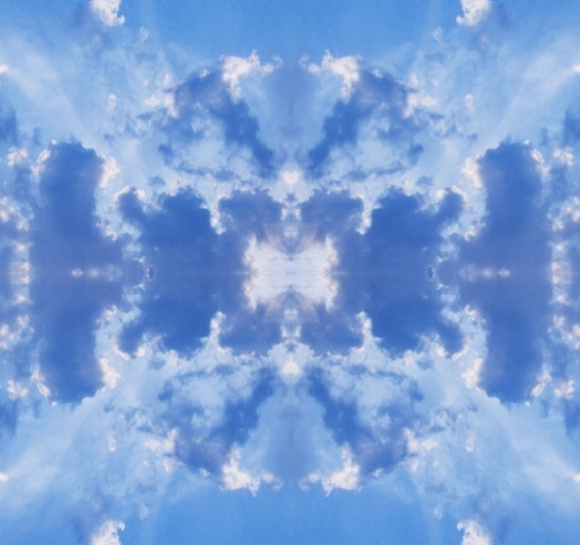
Moons ago I wrote that when we encounter interesting coincidences there seems to be a tendency, on the subject’s part, to interpret the situation in terms of quasi-causal agents (“the universe is trying to tell me something”) which are understood, however, to not be causal agents: they are stand-ins for what would play the role of a causal agent, if there was causation, with the simultaneous...








